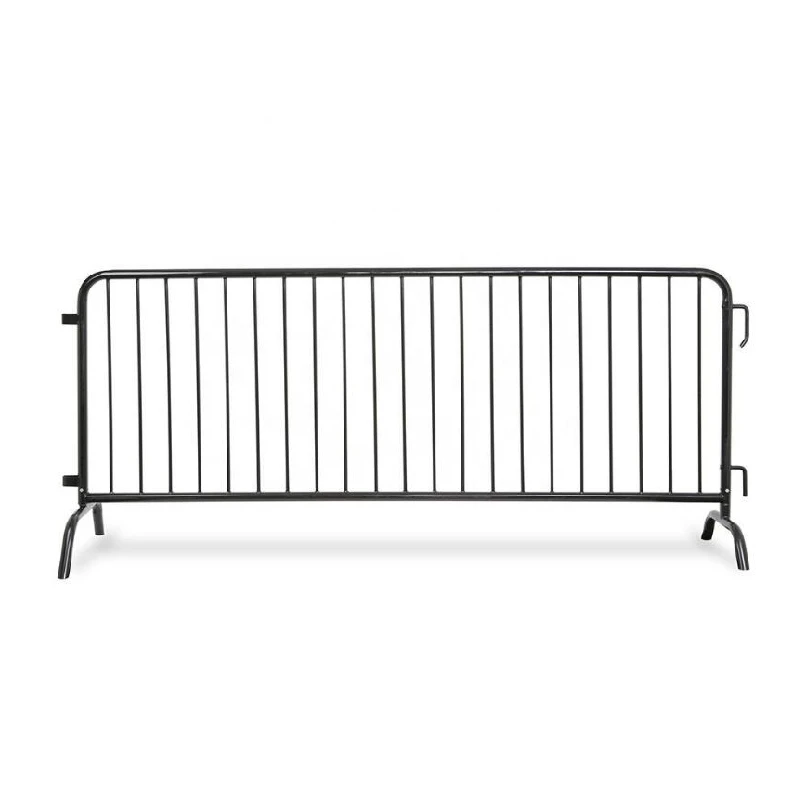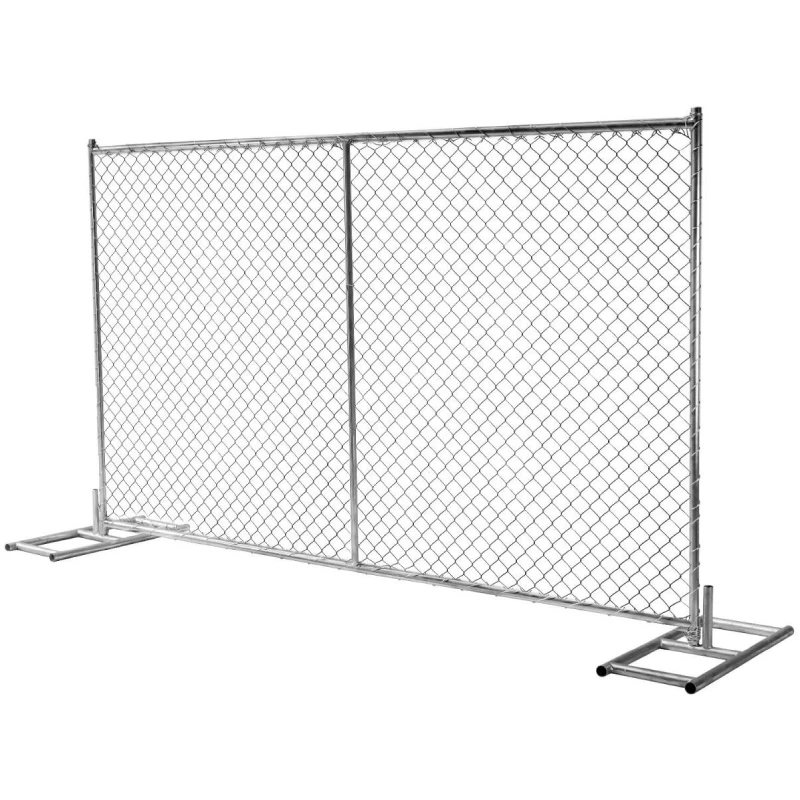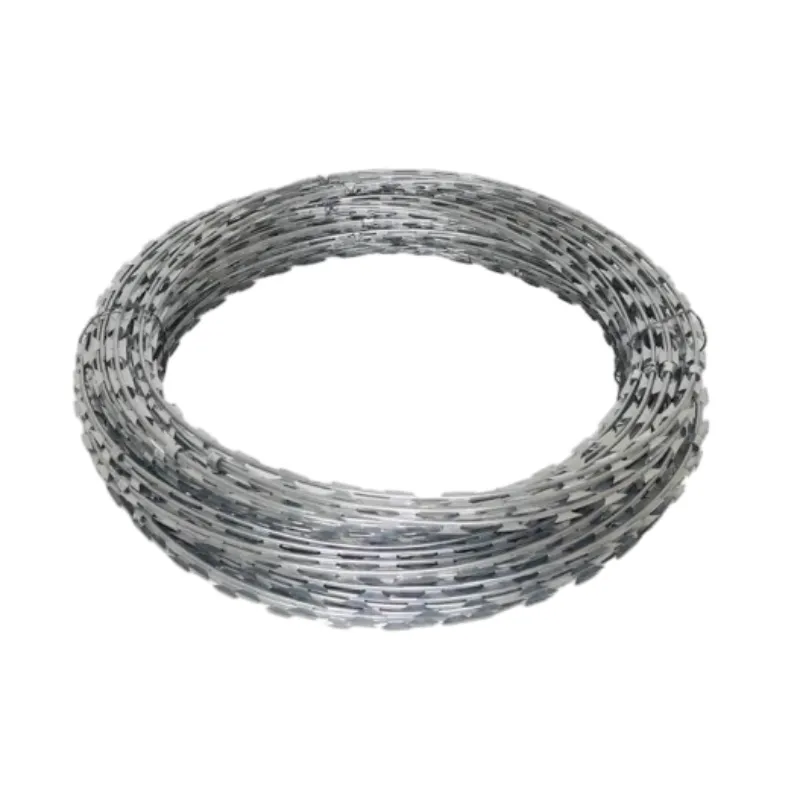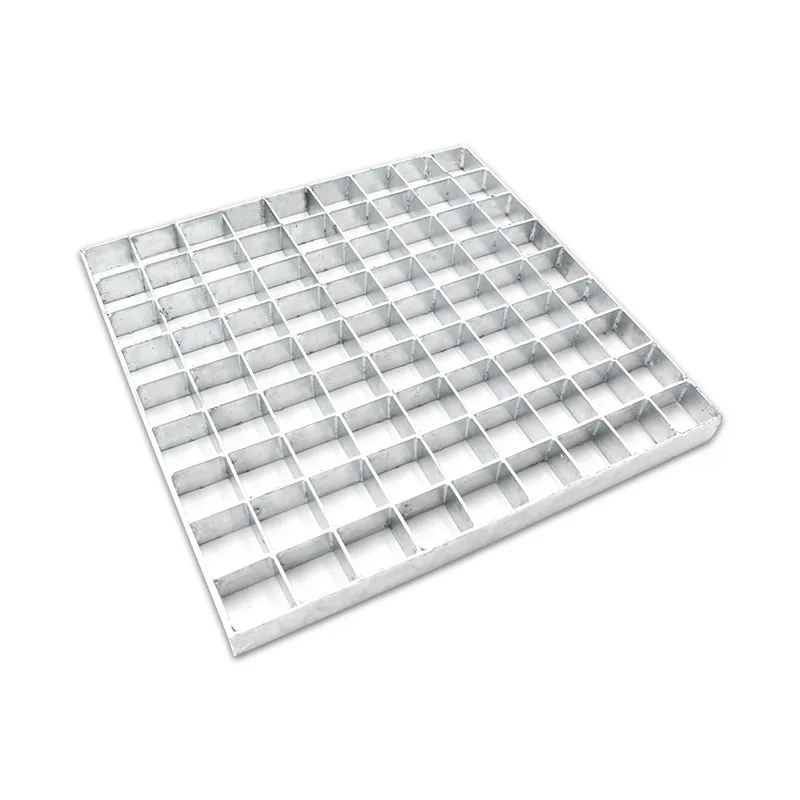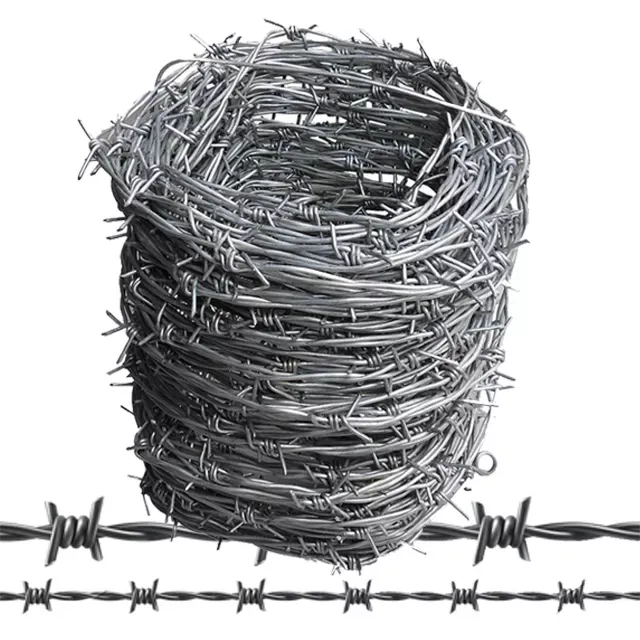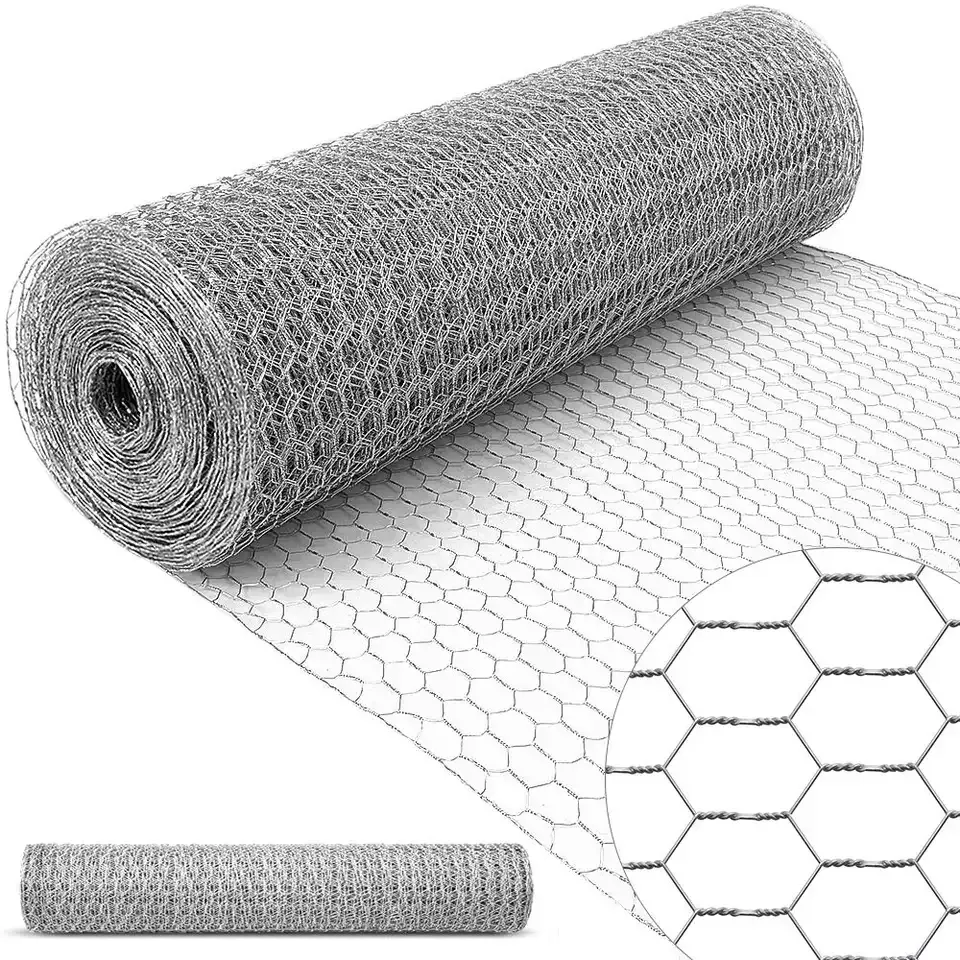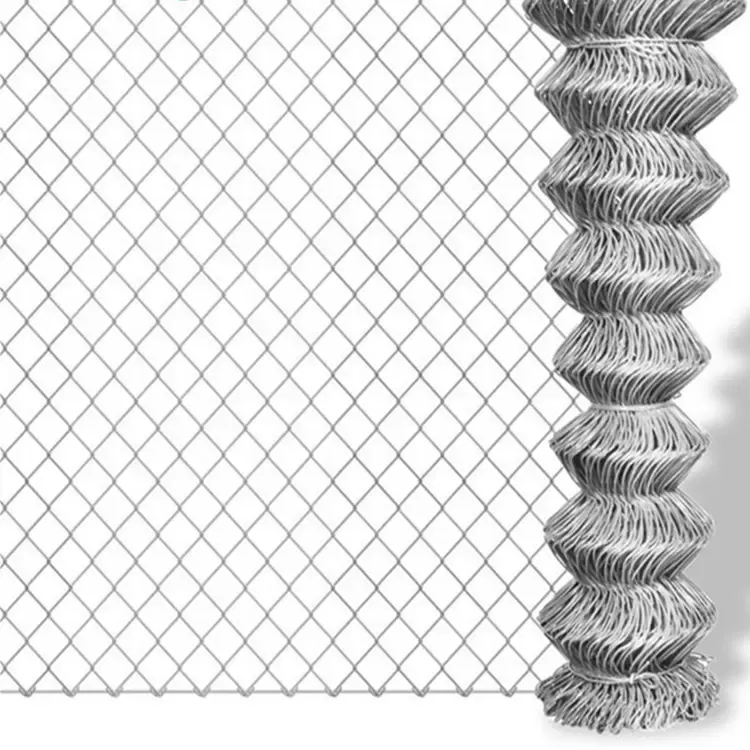
- Afrikaans
- Albanian
- Arabic
- Armenian
- Azerbaijani
- Basque
- Belarusian
- Bengali
- Bosnian
- Bulgarian
- Croatian
- Czech
- Danish
- Dutch
- English
- Esperanto
- Estonian
- Finnish
- French
- Galician
- Georgian
- German
- Greek
- hawaiian
- Hindi
- Hungarian
- Indonesian
- irish
- Italian
- Lao
- Latvian
- Lithuanian
- Luxembourgish
- Macedonian
- Maltese
- Myanmar
- Norwegian
- Polish
- Portuguese
- Romanian
- Russian
- Serbian
- Slovak
- Somali
- Spanish
- Swedish
- Thai
- Turkish
- Turkmen
- Vietnamese
Jul . 30, 2025 01:00 Back to list
High-Security Airport Fence Solutions for Airports & Wholesale Supply
In the context of modern aviation security, the importance of airport fence and airport security fencing has never been more critical. As a cornerstone of perimeter security, airport fence systems deliver not only physical demarcation but also integrated anti-intrusion solutions that meet global safety standards. This in-depth resource explores market trends, technical parameters, manufacturing processes, application scenarios, and presents data-driven comparisons to guide procurement, engineering and security professionals.
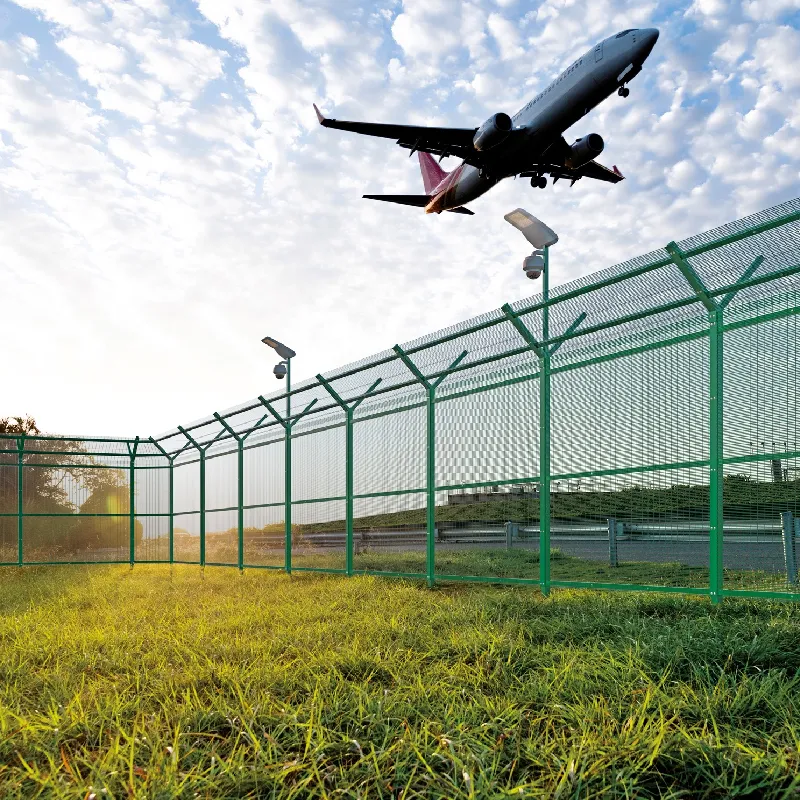
- Market size: In 2023, the global airport perimeter security market exceeded USD 8.2 billion (source: MarketsandMarkets), with an annual CAGR of 7.4% projected through 2030.
- Regulatory landscape: Compliance with rigorous standards such as ICAO Doc 8973, ISO 1461, ANSI/ASTM F2781.
- Trend: Rapid adoption of advanced anti-climb designs, modular fencing, and smart security integration (fiber optics, vibration sensors).
- Procurement: Rising preference for wholesale airport fence solutions to optimize logistics and cost.
| Item | Airport Fence | Brand A | Brand B | Industry Standard |
|---|---|---|---|---|
| Fence Height (m) | 2.4 / 2.7 / 3.0 | 2.1 / 2.4 | 2.0 / 2.7 | ≥2.4 |
| Mesh Opening (mm) | 50×100 / 75×150 | 50×150 | 60×120 | ≤75×150 |
| Wire Diameter (mm) | 4.0–6.0 | 4.0–5.0 | 3.5–4.5 | ≥4.0 |
| Material | Q235 Galvanized Steel / 304 Stainless Steel | Galvanized Iron | Carbon Steel | ISO/EN-approved Metals |
| Finish | Galvanized + PVC/PE Powder Coating | Hot-dip Galvanized | PVC Coating | ISO 1461/9227 |
| Corrosion Resistance | Salt-spray 1000h+ | Salt-spray 600h | Salt-spray 700h | ISO 9227:2017 |
| Service Life (years) | 25–30 | 15–20 | 10–15 | ≥15 |
| Anti-climb Design | V-top Y-post, Concertina Razor Wire | V-top only | No | ICAO / ASTM F2781 |
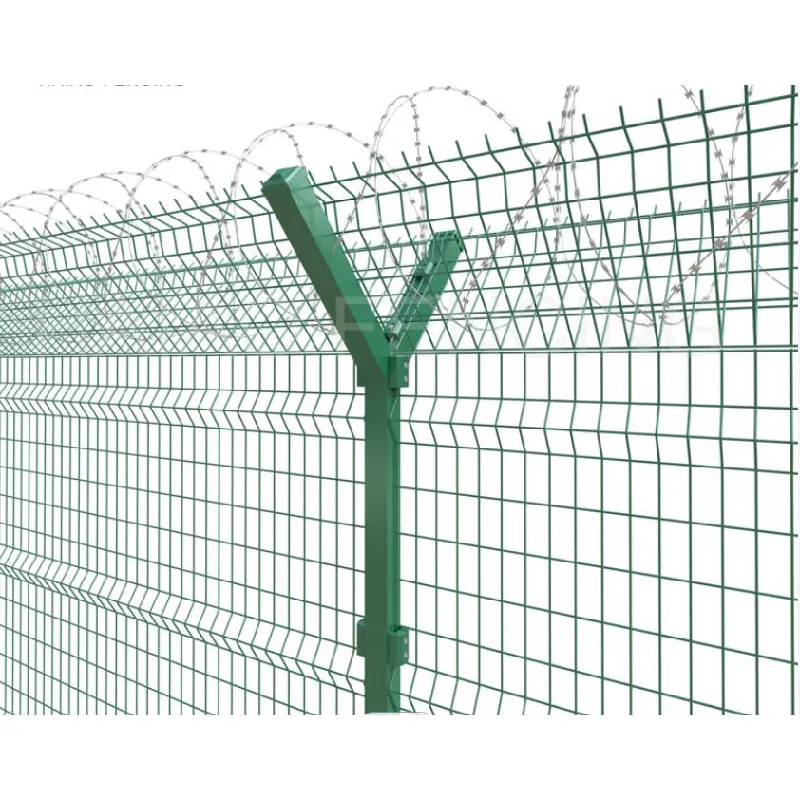
The above comparison demonstrates that airport fence systems offer superior material and anti-corrosion performance, meeting strict ISO / ANSI standards and providing extended service life even in harsh environments, critical for fence airport applications.
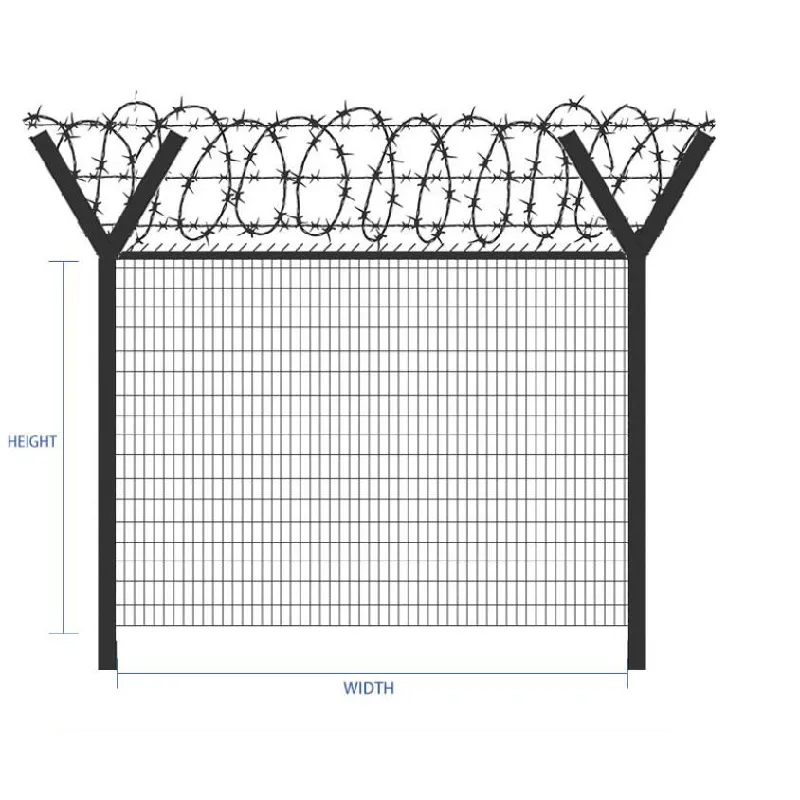
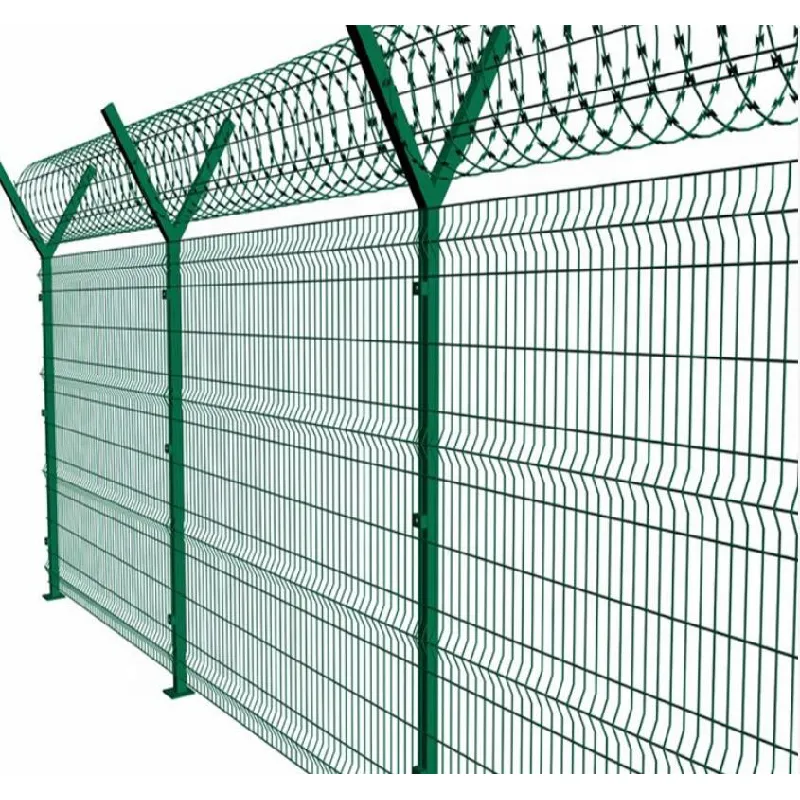
→Step-by-step: Each process node boosts structural consistency and performance.
- Chemical Stability: Hot-dip galvanized + PVC delivers >1000h salt spray test endurance (ISO 9227), suitable for petrochemical zones and coastal airports.
- Safety by Design: V/Y top prevents external intrusion and escape. Mesh design inhibits foot/handhold, compliant with ICAO anti-climb criteria.
- Custom Panel Options: Color (RAL palette), mesh size, panel thickness, height, branding available for project-specific adaptation.
- Application Sectors: Airport fence solutions are widely deployed in airports, energy plants, water management, metallurgy yards, defense bases, and critical infrastructure.
- Smart Technology Upgrade: Optional integration of vibration/fiber sensors, CCTV support brackets, RFID access for advanced security.
- Rapid On-site Installation: Modular design shortens airport fence installation time by up to 40% vs. conventional fencing.
- Wide Compliance: All products meet/overpass ISO 1461, ISO 9227, ANSI/ASTM, EN 10244 norms.
Third-party certifications and rigorous in-factory/non-destructive testing ensure every airport fence delivers guaranteed, long-term perimeter safety.
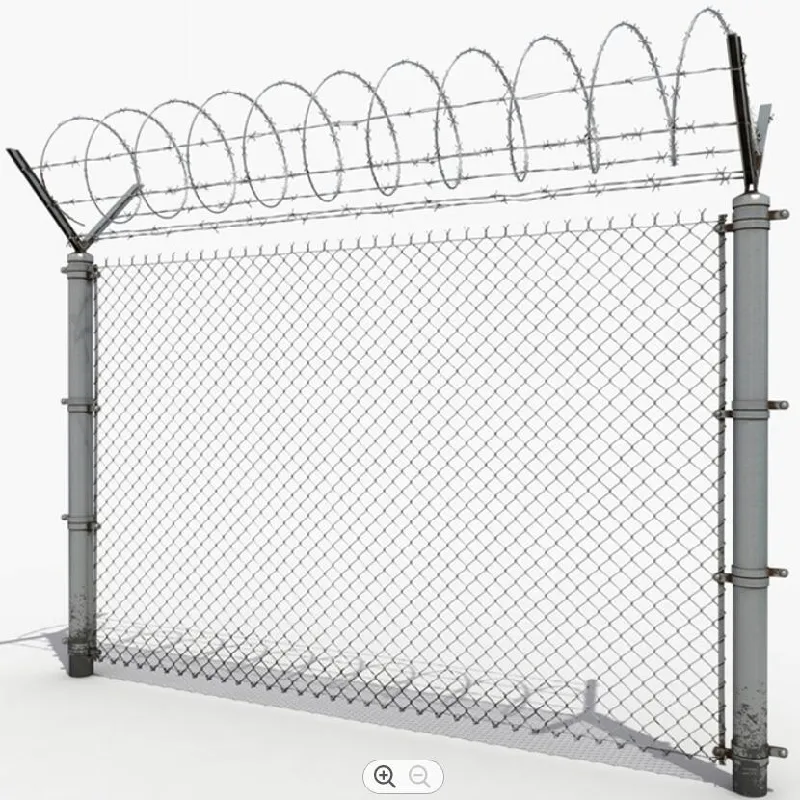
| Parameter | Unit | Typical Value | Industry Standard |
|---|---|---|---|
| Panel Height | mm | 2400 / 2700 / 3000 | ≥2400 |
| Panel Width | mm | 2500 / 3000 | 2000–3000 |
| Mesh Size | mm | 50x100 / 75x150 | ≤75x150 |
| Wire Diameter | mm | 4.0–6.0 | ≥4.0 |
| Galvanization Layer | g/m² | ≥270 | ≥275 |
| PVC/PE Coating | μm | 80–130 | ≥100 |
| Salt Spray Endurance | h | 1000+ | ≥720 |
| Criteria | DQFence (airport fence) | Generic Supplier |
|---|---|---|
| Experience | 15+ Years, 90+ Countries Served | 3–8 Years |
| Certification | ISO 9001:2015, CE, SGS, CNAS | Partially ISO |
| Customization | 100% OEM, RAL Color/Shape | Limited |
| Logistics | Global Fast Shipping | Domestic Only |
| Compliance | ICAO, ASTM, ANSI | Basic |
| After-sales | 7×24h, Dedicated Team | Worktime Only |
DQFence partners with leading airports in Europe, Southeast Asia, and Africa, is recognized by government procurement authorities, and frequently participates in industry standardization panels.
- Design Proposal: Engineers propose custom airport fence solutions (3D CAD drawing, wind-resistance, anti-intrusion level calculations).
- Technical Support: Pre-installation site survey, compliance consulting, technical documentation in line with local regulations.
- Bidding Support: Complete technical submittals, samples, and past project datasheets for bidding/tender process.
- Material Branding: Embossed logos, serialized tagging, or RFID-enabled asset management optional.
- Turnkey Installation: Installation training, on-site support, multilingual assembly guides.
- Smart Security: Integration with perimeter sensors (vibro-cable, LIDAR, thermal imaging), real-time alerts.
- Specification: 3.0m H, 4.5mm wire, Y-top, double razor wire, anti-rust epoxy powder coat, 8km length.
- Performance: Zero theft/intrusion events in 24 months, reduced maintenance cost by 65% versus old fence.
- Client feedback: "DQFence's airport fence system delivered reliability and peace of mind. Post-sale support has been exceptional."
- Extremely high salt, heat, and dust resistance (tested at 1000+ hours per ISO 9227).
- Custom color scheme, integrated access smart gate, and branded panels.
- Coated 304 stainless mesh ensures no corrosion after 18 months in operation.
- Smart fence integration—vibration sensors and fiber cables for 24/7 intrusion detection.
- Lead Time: 18–25 days (bulk), customs documentation, and worldwide shipping.
- Warranty: 5 years on materials, 2 years on accessories.
- Quality: Every airport fence batch inspected per ISO 9001:2015, with SGS/CE certificates attached to shipment.
- Customer Support: Dedicated support team, bilingual technical consultants, cloud-based project tracking.
- Free samples & BIM/CAD drawings provided for approved projects/bids.
The evolution of airport fence technology is driving rapid upgrades in global perimeter and aviation security. Through continuous innovation in materials science, anti-intrusion design, and smart system integration, top-tier solutions such as those from DQFence are now safeguarding critical infrastructure worldwide.
Further reading:
[1] “Best Practices for Airport Perimeter Security” (ACI Official Guide)
[2] “Perimeter Intrusion Detection for Airports” (SecurityInfoWatch Industry Analysis)
[3] “Airport Security Fencing Standards and Innovations, 2024” (IFSEC Global)
-
Why Welded Gabions Are Redefining Modern Landscape
NewsAug.18,2025
-
Padel Court for Sale
NewsAug.18,2025
-
Modern Open Gable Trellis System
NewsAug.18,2025
-
Guide to Durable and Efficient Fence Post Solutions
NewsAug.18,2025
-
Durable and Affordable Y Post Fence Solutions
NewsAug.18,2025
-
Construction Projects with Reliable Gabion Solutions
NewsAug.18,2025


